It’s no secret that 2024’s batch of AI PCs owes much of their success to the excellent batch of Qualcomm Snapdragon chips, which has the best version of Windows Arm running as the OS. However, a nasty split between the two could jeopardize everything, especially for consumers.
According to a breaking news report from Bloomberg, Arm canceled a “license that allowed longtime partner Qualcomm Inc. to use Arm intellectual property to design chips.” The company issued Qualcomm a 60-day notice of the cancellation of said license as required by law. The report stated that the split was caused by a breach of contract back in 2022, which escalated a legal dispute over vital smartphone technology.
Qualcomm responded in a statement, writing that Arm is trying to interfere with its CPUs and increase its royalty rates and that its claims are “baseless.”
This news comes as Qualcomm announced new automotive and mobile chips at the yearly Snapdragon Summit in Hawaii, and in the same year, the brand Qualcomm Snapdragon Elite chips launched with the latest batch of AI laptops.
Why this legal battle is so disastrous
But this legal battle isn’t just a lovers’ quarrel between those major tech companies; it could have widespread ramifications for consumer tech at large. Windows laptops like the Microsoft Surface Laptop 7 received massive rejuvenation through the Snapdragon Elite, which is made from tech provided by Arm.
This chip took one of the most inconsistently performing laptop lines and turned it into an absolute powerhouse in terms of performance and battery life. Further, its Windows Arm operating system, while still not at the level of Windows 11, has improved by leaps and bounds to the point where it’s near perfect for productivity work and reasonably competent for creative work and gaming.
Arm and Qualcomm are also vital as they’ve generated competition with Intel, AMD, and Microsoft in the AI PC and OS market. This has given consumers more variety while also keeping laptop prices more affordable than their competitors. If it can continue to gain momentum in the market, both the chips and OS could become a true threat to the big dogs as the tech behind them is refined.
Why would Arm move to cancel Qualcomm’s license?
While it’s impossible to know the full story behind this legal matter, Qualcomm’s statement in response and relevant Arms-related news suggest possible hints.
Qualcomm stated, “This is more of the same from ARM—more unfounded threats designed to strong-arm a longtime partner, interfere with our performance-leading CPUs, and increase royalty rates regardless of the broad rights under our architecture license.” According to Qualcomm, Arm is trying to acquire more money from the former by forcing an increase in royalty rates.
This also coincides with the news that Intel sold its 1.18 million-share stake in Arm back in August 2024. While it’s considered unlikely that the sale was attributed to any issues with Arm (it’s more related to streamlining operations amidst financial trouble), it’s still a possibility that there could have been something involving Arm’s finances. Otherwise, it should be a valuable asset worth keeping hold of.
Regardless of the reason, this legal dispute is akin to playing dice with the future of Windows laptops. What once seemed like a brighter future for laptops could stand to crumble if this ends with the permanent split between two tech companies that together have been successfully challenging the industry giants.

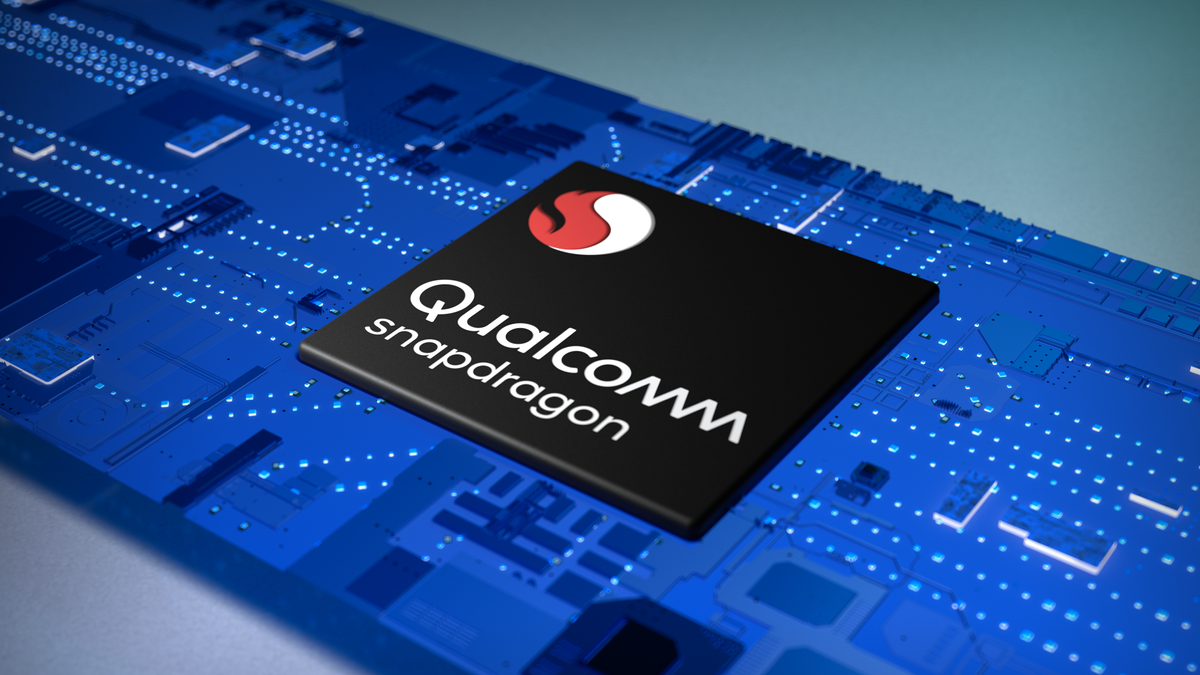
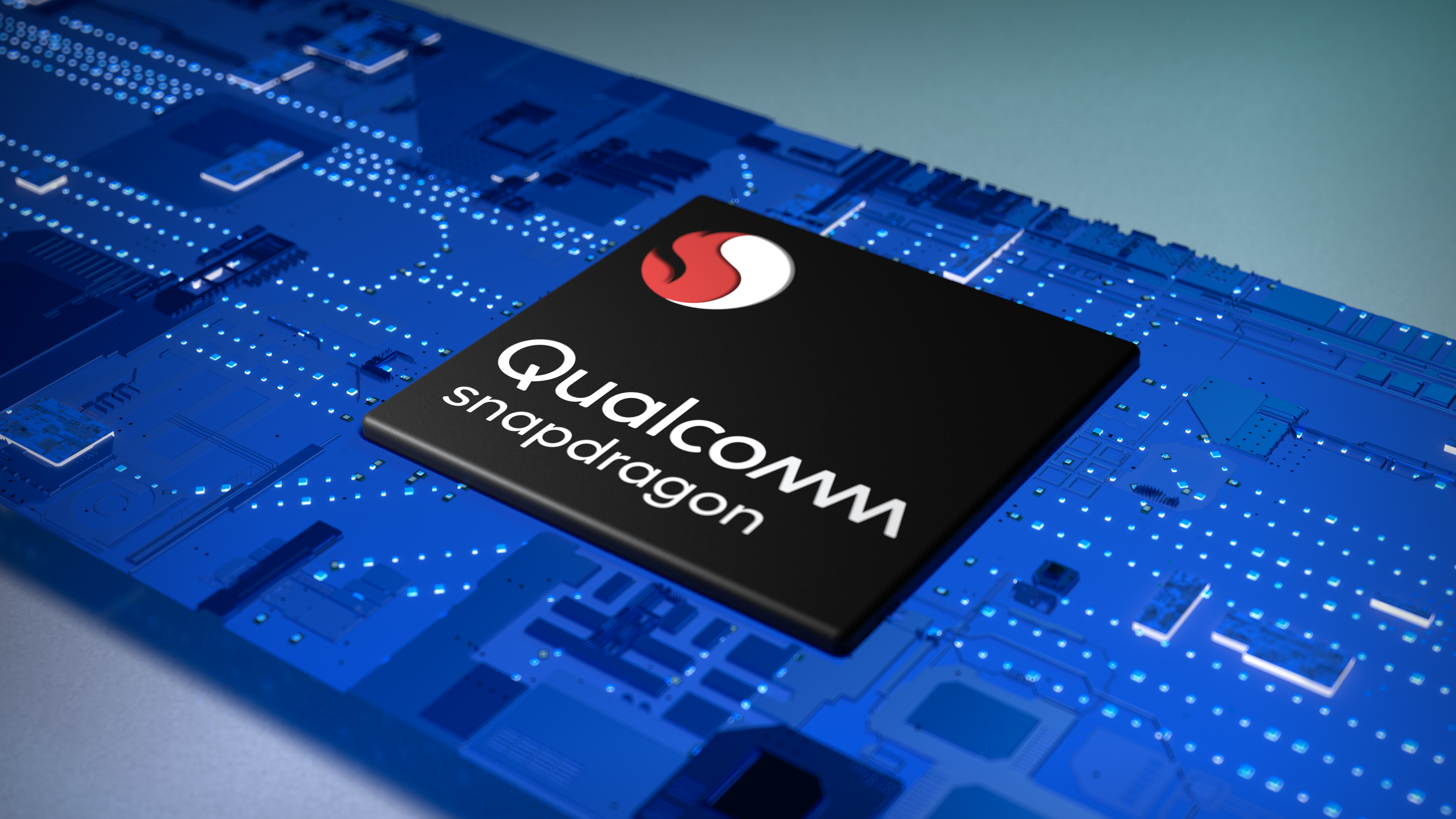

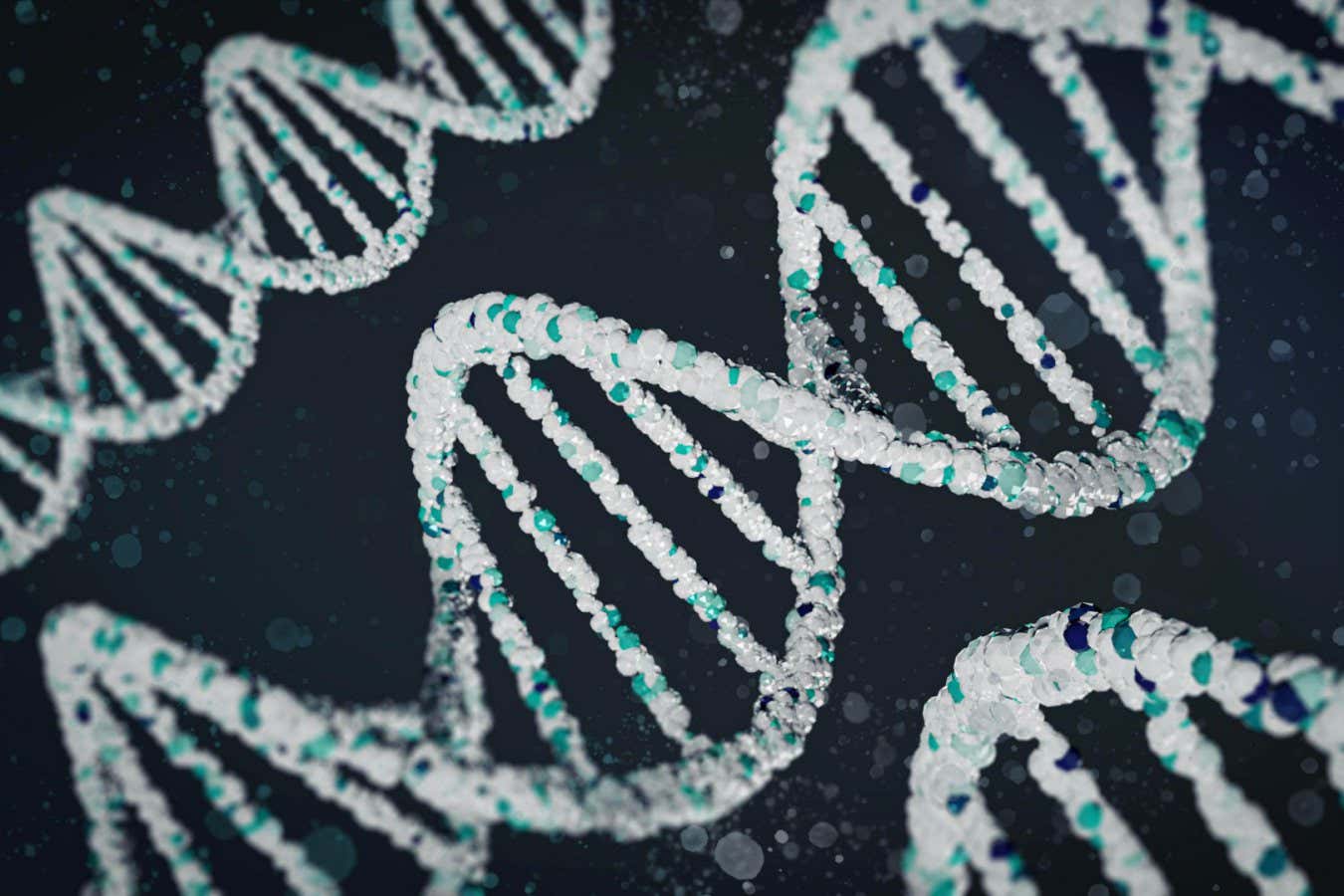


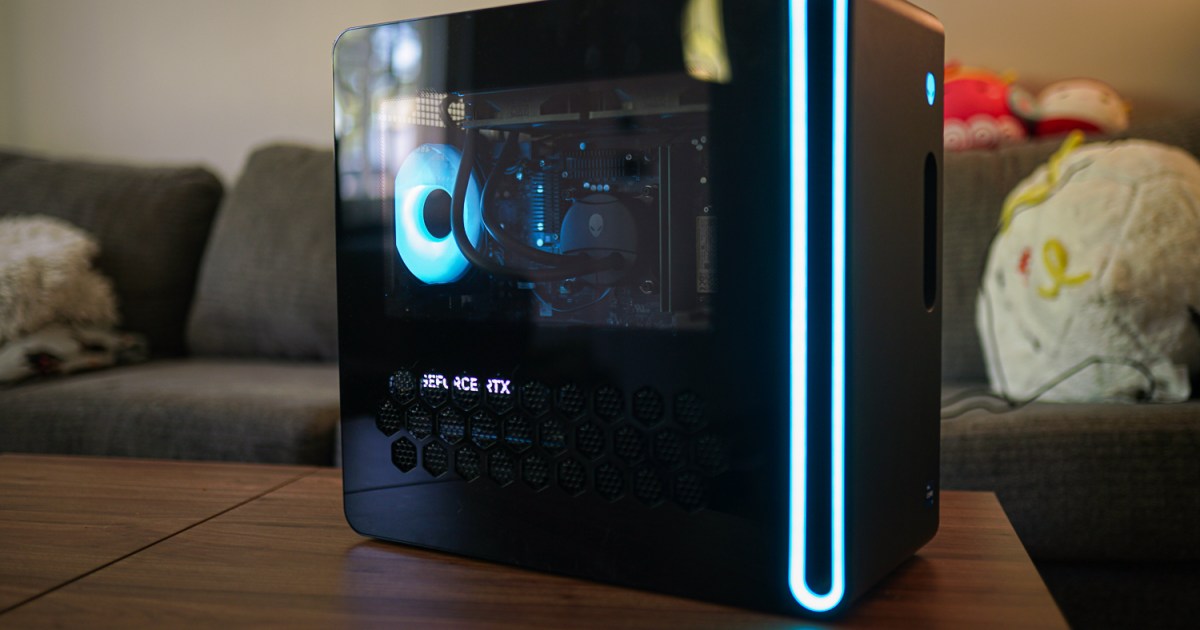
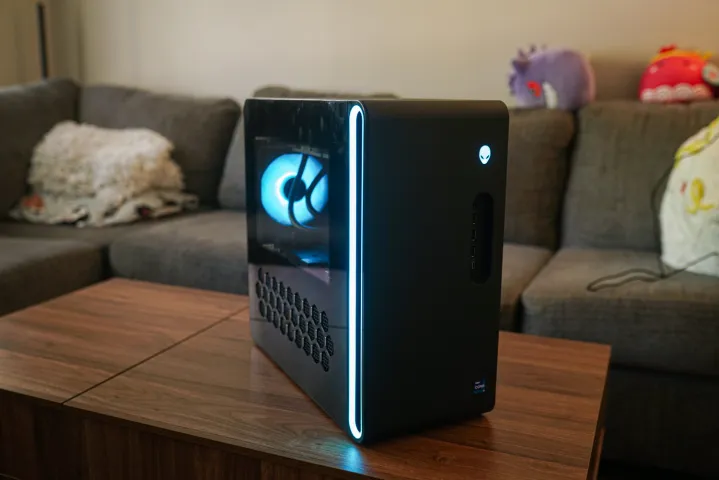
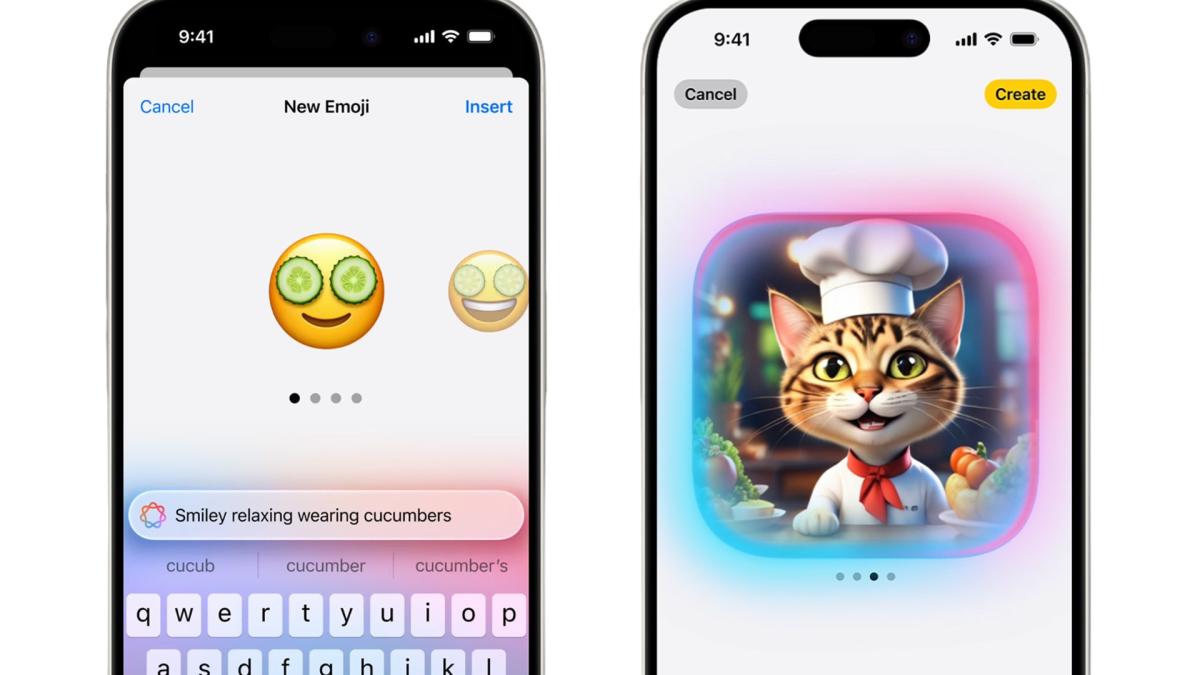





























































































































































You must be logged in to post a comment Login